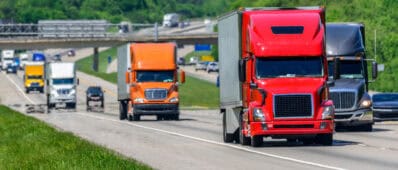Abstract
Consumers are purchasing and using partially automated vehicles, yet little research has been conducted to understand how and if these vehicles are changing travel behavior. Fully automated, or driverless, vehicles are receiving much more research and policy attention but are still many years from market introduction. Research on fully automated vehicles has shown that, without proper policies in place, these vehicles could increase vehicle miles travelled (VMT). Tesla vehicle models with the ‘Autopilot’ feature are some of the most common partially automated vehicles on the road today. A partially automated vehicle provides advanced driver assistance by controlling steering, acceleration/ deceleration, and braking; however, the human driver is still considered to be in control of the vehicle and is expected to be attentive. A previous UC Davis study found that Tesla vehicle owners with the Autopilot feature drove more than those without Autopilot, but the study did not determine whether higher VMT was caused by Autopilot. To better understand whether Autopilot influences how much individuals drive, the UC Davis research team interviewed 36 Tesla Autopilot users to evaluate whether they experienced changes to their travel, and the reasons for any reported changes. Key findings from the interviews are presented in this brief.



